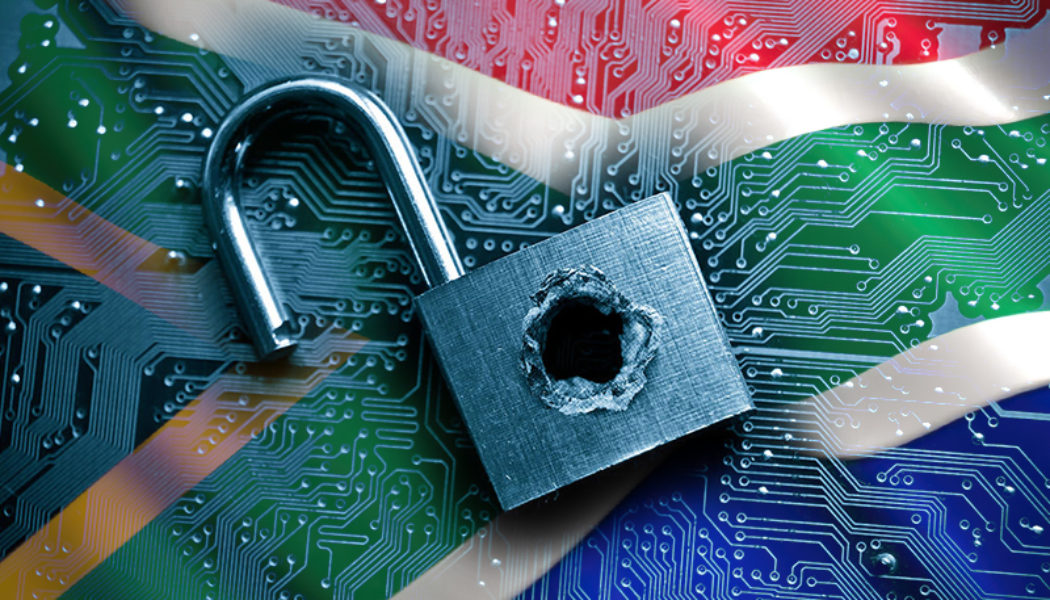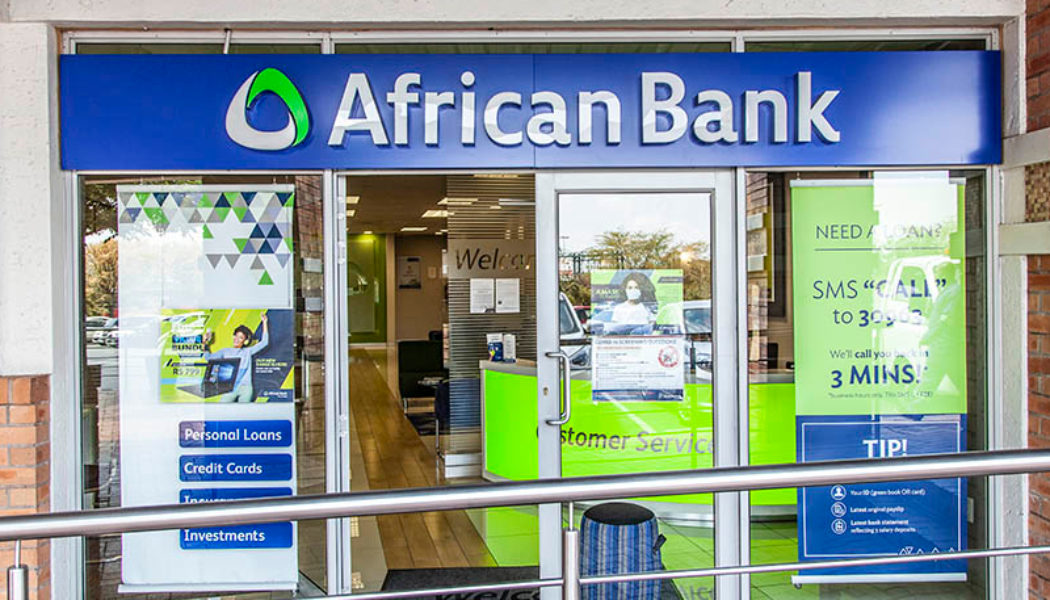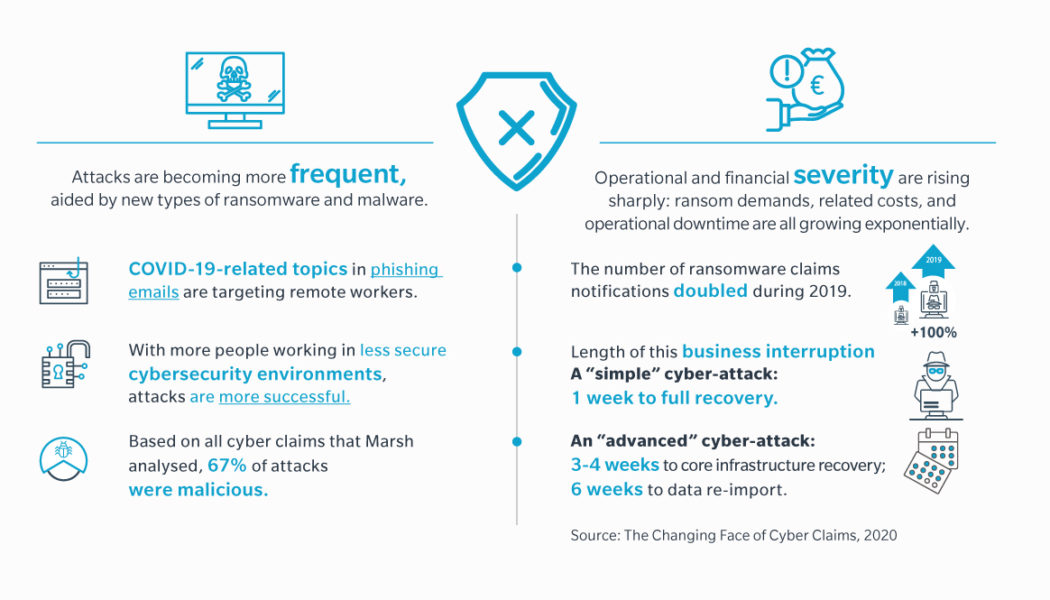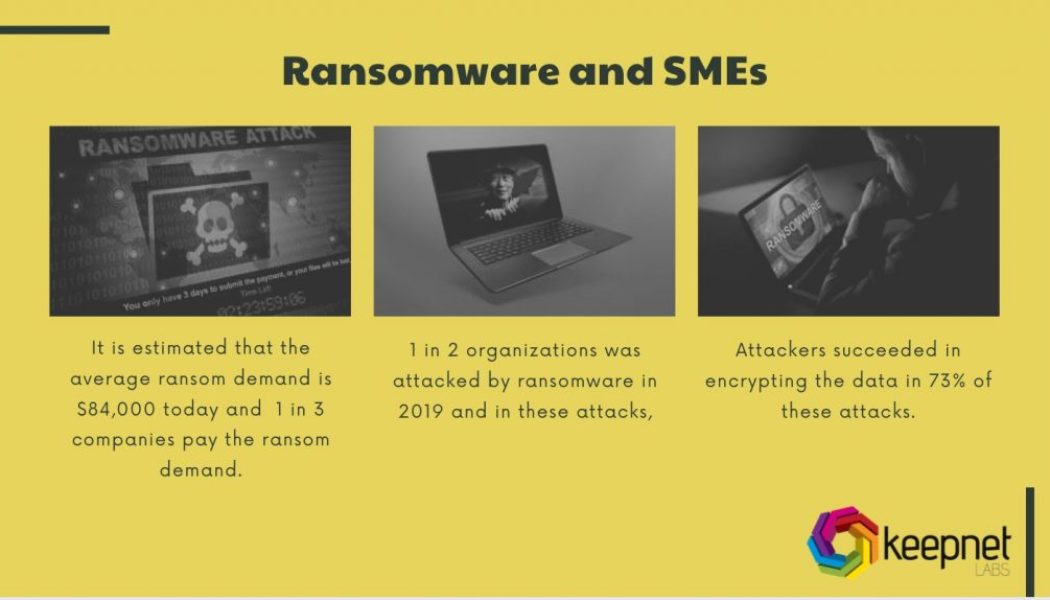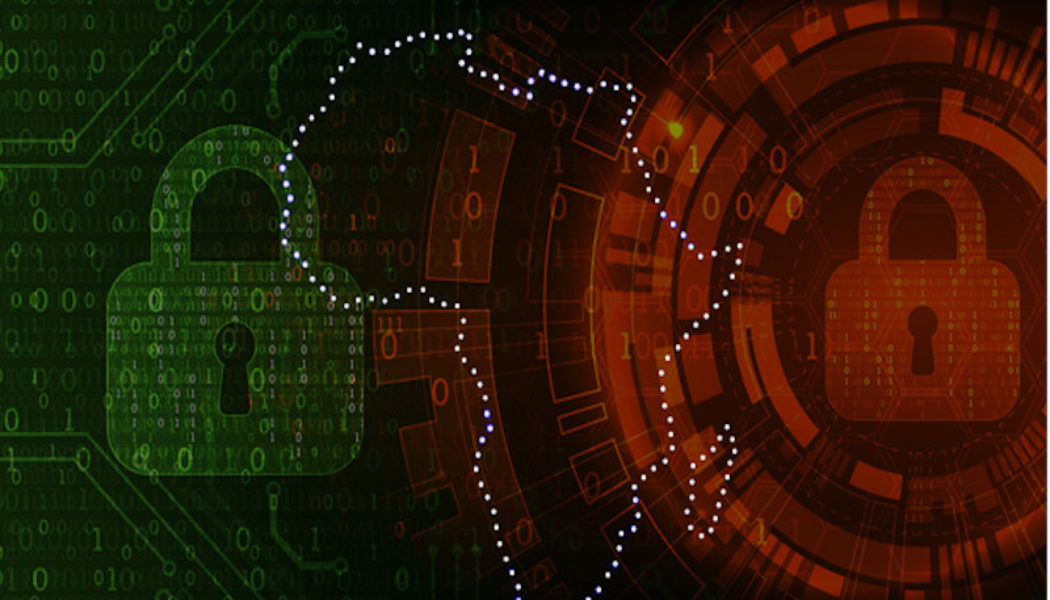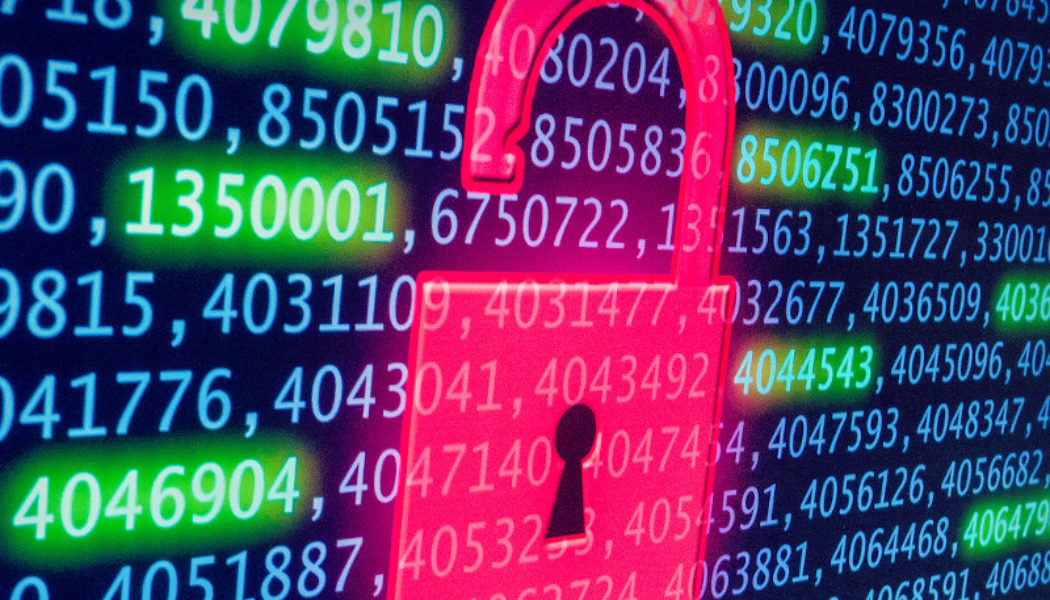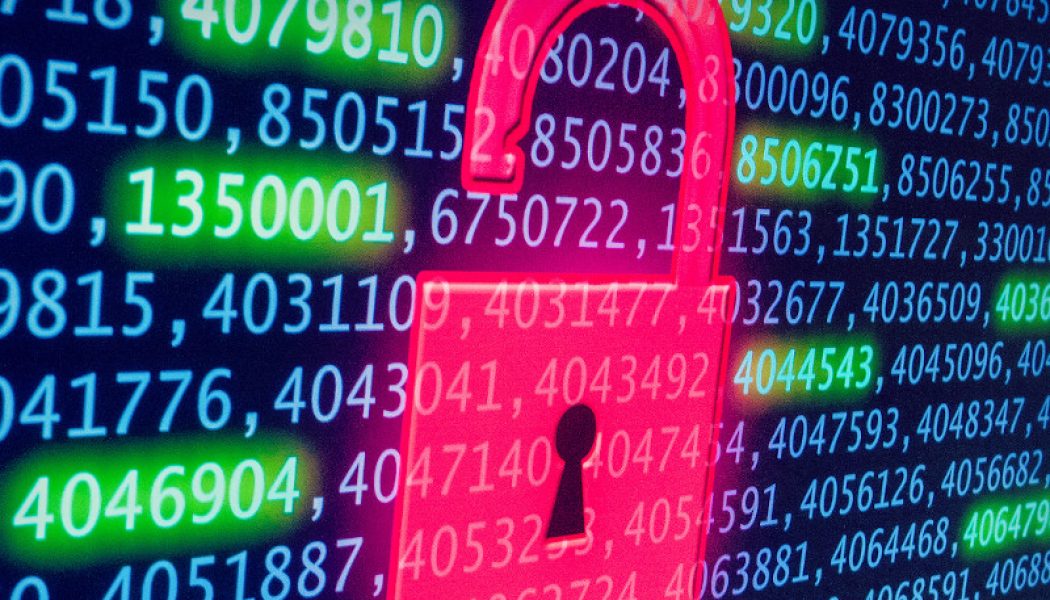Ransomware Africa
Fight Back Against the Rise of Ransomware in SA with EDR Solutions
When cyberattacks are on the rise, as they certainly have been in South Africa this year, an organisation cannot afford to have its cybersecurity operating in a reactive manner. And yet, far too many businesses operate in this manner, making them prime targets for a breach. This is according to Milad Aslaner, Senior Director, Cyber Defense Strategy at SentinelOne, which helps organisations to prevent, detect, respond to and remediate end-point threats using artificial intelligence (AI) and machine learning. Its endpoint security products are distributed throughout Africa by Networks Unlimited. Aslaner explains: “Endpoints including laptop computers, tablets, and phones provide entry points to a wider network penetration that could harm the organisation, and which is one of the goals of ran...
How to Successfully Recover from a Ransomware Attack
Sourced from Kaspersky South Africa is an attractive target for cybercriminals for a number of reasons, and the last few years have seen a sharp rise in high-profile ransomware attacks. One of the key motivations driving this volume of attacks is the fact that data is a de facto currency and an extremely valuable commodity on the black market. While backup is a critical component of data protection, when this backup is also encrypted by malicious software, companies are often left with few options other than to pay the ransom. Therefore, an effective Cyber Recovery strategy, which enables businesses to get back up and running without having to give in to criminal demands, is the key. Ransomware on the Rise The rapid adoption of digital transformation, Artificial Intelligence (AI) and the I...
Today’s New Business Normal Creates Threat Opportunities
Image sourced from Feed Navigator. The COVID-19 pandemic forced businesses of all shapes and sizes to make rapid changes in how they operated, with employees predominantly working remotely and sensitive data and systems being accessed from outside the office. For many, this triggered an increased reliance on remote-access infrastructure and cloud-delivered services. IT departments rushed to install, expand, or upgrade remote desktop access (RDA) servers, virtual private network (VPN) concentrators, and remote access routers to meet surging workforce demand for remote access to data centres. Moreover, widespread reliance on video conferencing apps forced many businesses to upgrade enterprise wide-area network and local-area network capacity, as well as to re-evaluate routing and DNS re...
What SMEs Should Know About Ransomware
Image sourced from Feed Navigator. Ransomware attacks are on the rise and malicious cybercriminals are always fine-tuning their strategies. Business leaders need to realise that their tactics include disrupting critical business operations across all industry verticals and businesses of all sizes, including small to midsize enterprises (SMEs). With most of the recent headline-making ransomware attacks against larger organisations who are likely to be more financially capable of meeting exceeding large ransom demands, the findings around the targeting of smaller businesses with fewer resources raise the question as to why ransomware operators are going after SMEs in the first place. The frequency and severity of successful ransomware attacks have a tremendous impact on victim organisations ...
Cyber Attacks in Africa Comparable to World Wide Rates, says Kaspersky
Sourced from IDG Connect With digital transformation a top priority on the corporate agenda as companies identify new ways to grow their business, cyber attackers and opportunist cybercriminals remain very active. While Africa is not necessarily considered a focus area for the more sophisticated types of cybercriminal activity such as targeted attacks or advanced persistent threats (APTs), the continent is certainly not immune to these or other types of cyber risks, warn Kaspersky researchers. When looking at the general cyber threat landscape as it impacts consumers and businesses, Kaspersky research shows that in 2020, worldwide, approximately 10% of computers experienced at least one malware attack. Interestingly, in some African countries, including South Africa, the figure was only sl...
Here’s How Much it Costs to Recover from a Ransomware Attack in 2021
Sourced from International IDEA The cost of an average ransomware attack has more than doubled in a year, increasing from $761,106 in 2020 to $1.85 million in 2021. According to “The State of Ransomware 2021” report from Sophos, the average ransom paid is $170,404. While the number of organizations that experienced a ransomware attack fell from 51% of respondents surveyed in 2020 to 37% in 2021, and fewer organizations suffered data encryption as the result of a significant attack (54% in 2021 compared to 73% in 2020), the new survey results reveal worrying upward trends, particularly in terms of the impact of a ransomware attack. “The apparent decline in the number of organizations being hit by ransomware is good news, but it is tempered by the fact that this is likely to reflect, at...
